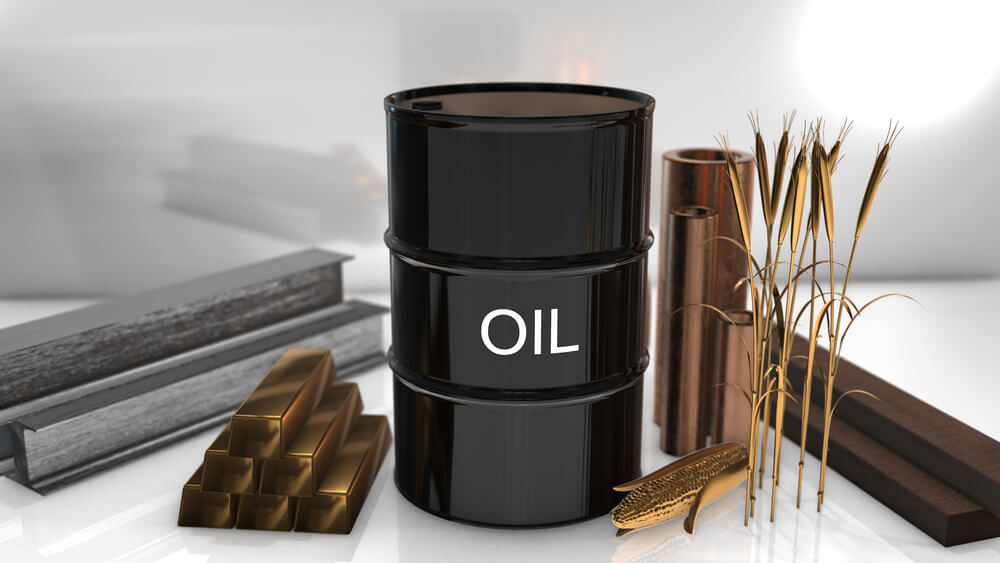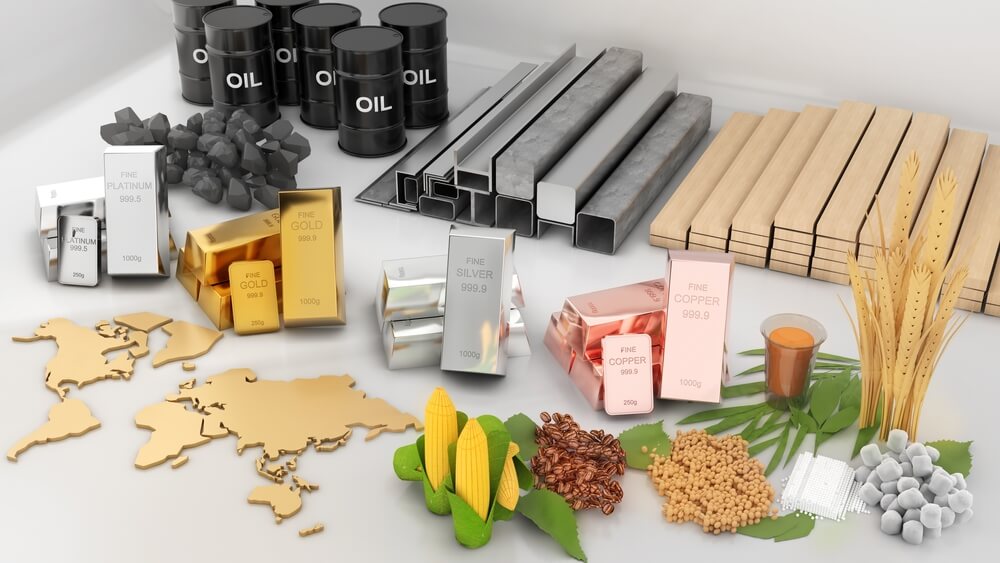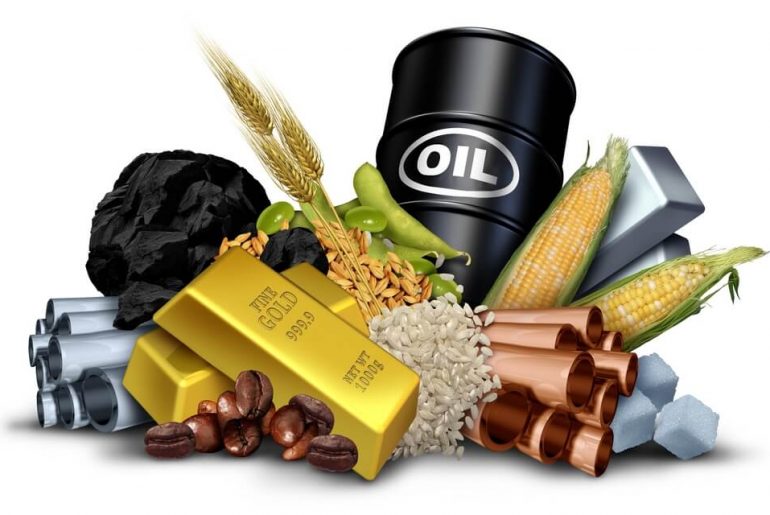Commodities trading is one of the oldest forms of financial exchange, playing a crucial role in the global economy. Whether it’s gold, oil, natural gas, or agricultural products, commodities serve as essential resources that drive industries and influence financial markets. Understanding the dynamics of commodity trading can help traders diversify portfolios, hedge against inflation, and capitalize on market trends. This guide will explore the basics of commodities, their categories, key factors that influence their prices, and essential trading strategies.
What Are Commodities?
A commodity is a raw material or primary agricultural product that can be bought and sold. These goods are interchangeable with others of the same type and adhere to a basic quality standard. Commodities are categorized into three main types: metals, energy, and agriculture. Each category has unique characteristics and trading patterns that affect its market value.
Commodity Categories
1. Metals
Metals are among the most actively traded commodities. Gold, for instance, is considered a safe-haven asset, meaning traders turn to it in times of market uncertainty. Silver, copper, and platinum also provide lucrative trading opportunities, with copper standing out due to its consistent demand across the electrical engineering and construction industries. The London Metal Exchange (LME) remains one of the most popular platforms for trading metal commodities.
2. Energy
Energy commodities, including crude oil, natural gas, gasoline, and heating oil, are vital to the global economy. Crude oil is the most traded energy commodity, with Brent and WTI as its primary benchmarks. Oil prices fluctuate based on supply and demand, geopolitical tensions, and alternative energy developments. The oil industry’s sensitivity to political events makes it one of the most volatile markets for traders.
3. Agriculture
Agricultural commodities include coffee, sugar, cotton, soybeans, corn, wheat, and rice. These are also known as soft commodities because they are grown and harvested rather than mined or extracted. Weather conditions, seasonality, and natural disasters heavily impact the supply of these commodities, leading to price fluctuations. Coffee and sugar are particularly popular trading instruments.

Why Trade Commodities?
Trading commodities offers several benefits that attract traders and traders alike. Here are three key reasons:
- Hedging against inflation. Certain commodities, such as gold, act as a hedge against inflation, preserving value during economic downturns.
- High return potential. While commodities can be highly volatile, experienced traders can use price swings to generate substantial profits.
- Portfolio diversification. Commodities help diversify trading portfolios by reducing reliance on stocks and bonds, balancing overall risk exposure.
Key Factors Affecting Commodity Prices
Several factors determine the value of commodities in the market:
- Supply and demand. The fundamental driver of commodity prices. An increase in supply generally lowers prices, while higher demand pushes prices upward.
- Market sentiment. Traders’ perception of economic and political stability affects commodity prices. Safe-haven assets like gold rise in uncertain times, while riskier commodities appreciate during economic booms.
- U.S. dollar strength. Since most commodities are priced in U.S. dollars, an appreciation in the dollar’s value often leads to lower commodity prices.
- Weather and seasonality. Agricultural commodities are especially sensitive to weather conditions and seasonal cycles.
- Emerging markets. Developing economies, particularly China, significantly impact demand for commodities like crude oil, copper, and iron.
- Geopolitical events. Political instability, trade restrictions, and conflicts can disrupt supply chains, leading to price volatility.

Essential Trading Strategies
Successful commodity traders employ various strategies to navigate market volatility and maximize profits. Some common strategies include:
- Trend following. Traders use technical indicators such as moving averages and momentum oscillators to identify market trends and trade in the direction of the prevailing trend.
- Mean reversion. This strategy assumes that prices will revert to their historical average over time. Traders look for overbought or oversold conditions to enter and exit trades.
- Arbitrage. Exploiting price discrepancies between different markets or exchanges to generate low-risk profits.
- Hedging. Used primarily by producers and consumers of commodities to protect against adverse price movements by using futures contracts or options.
Commodities trading is a dynamic and rewarding market that requires understanding global economic trends, supply and demand dynamics, and risk management strategies. While it offers opportunities for high returns and diversification, traders must be aware of market volatility and external factors that influence price movements. By staying informed, applying sound trading strategies, and using risk management tools, traders can make well-informed decisions and maximize their potential in the commodities market.





